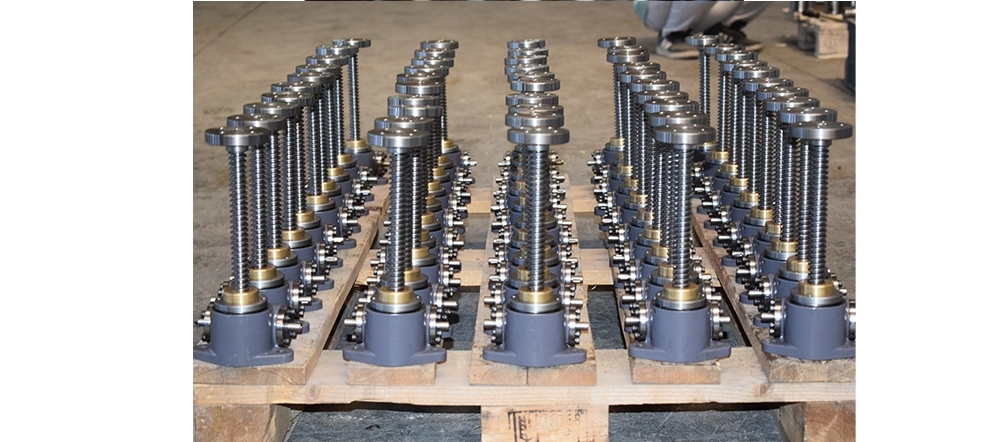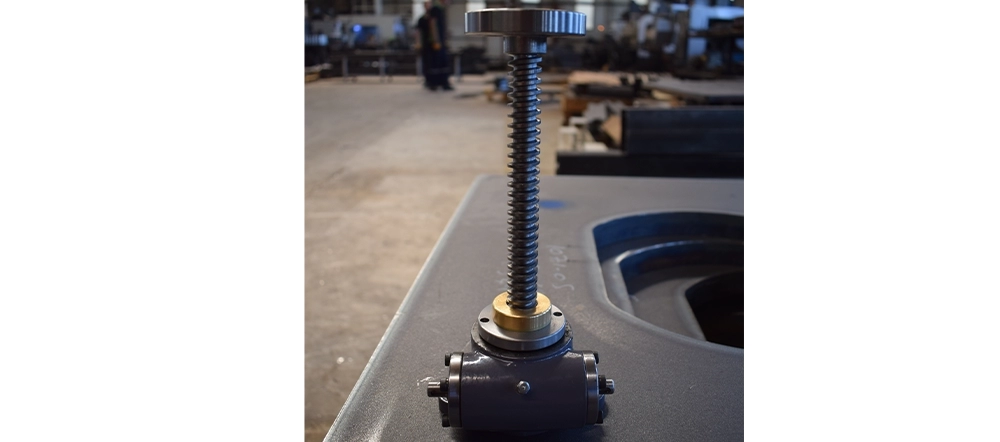
Screw Jack
Screw jacks have a wide range of applications in various industrial fields. These include construction, automotive, machinery manufacturing, metalworking, transportation and logistics. Screw jacks are widely used in load lifting applications, especially in operations requiring linear motion. In addition, screw jacks are also frequently used in processes such as assembly, operation or adjustment of machine parts. Screw jacks also play an important role in the assembly and maintenance of industrial machinery, the operation of production lines and material handling systems.
Screw jacks, one of the most preferred equipment in applications requiring linear motion, are used in operations such as lifting loads, pulling mechanical parts or adjusting the working distances of machine parts. Screw jacks are also known by different names such as linear motor, linear actuator, screw jack.
Screw Jack Functioning Principle
The basic components of a screw jack include the worm screw, the worm gear, the screw that provides the linear motion and the jack body. When the worm screw is turned by motor or hand, the worm gear moves. This movement is transmitted by the screw inside it as upward or downward linear motion. The feed rate of the screw varies depending on factors such as rotation speed, number of teeth and screw pitch size.



